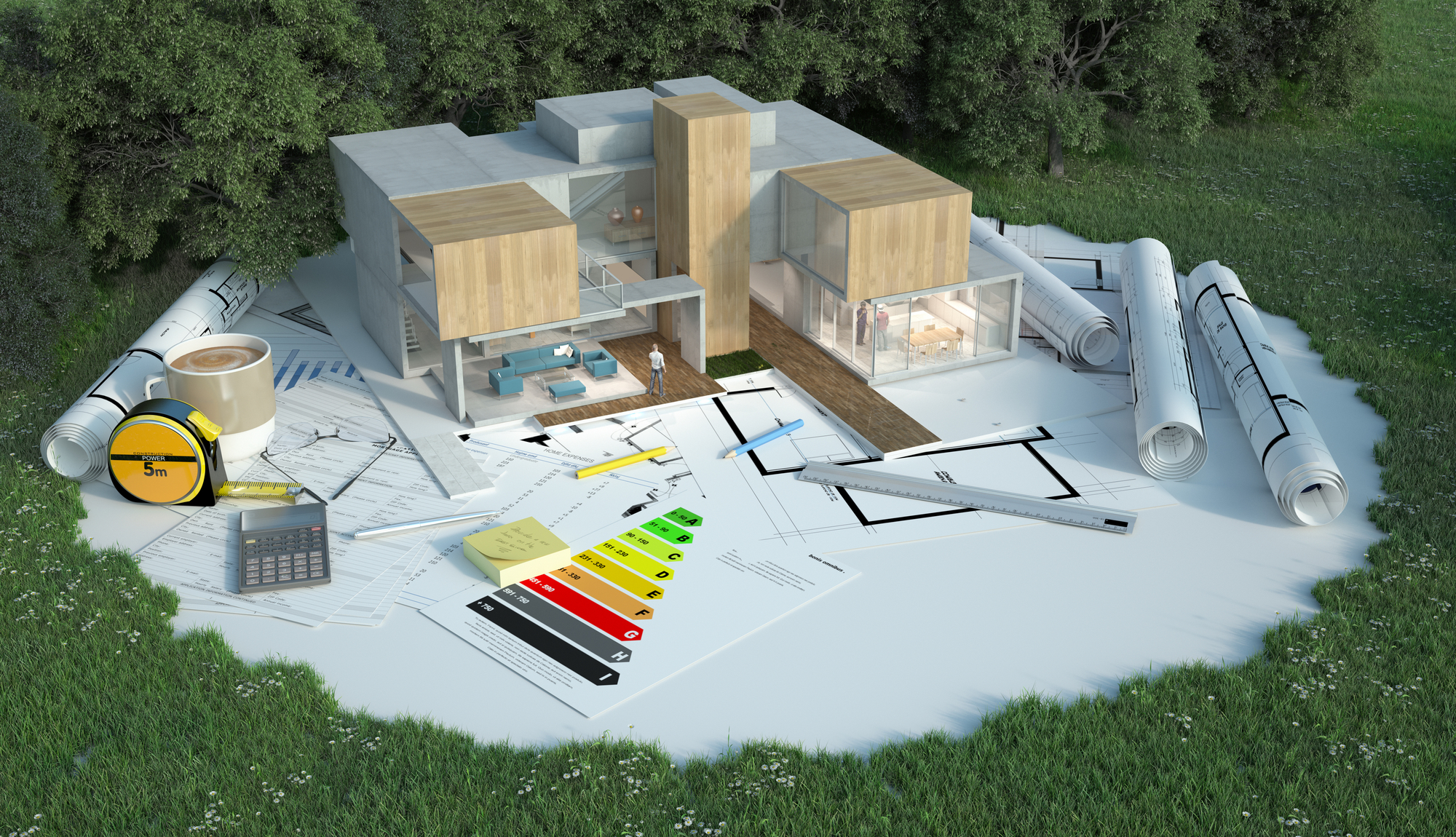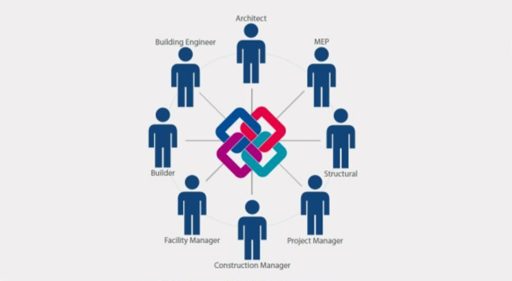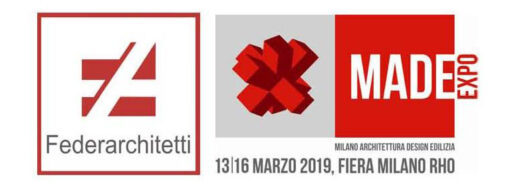The innovative importance of BIM Families
One of the most important tools for this type of digital modeling

Among the phases of creating a BIM project, there is certainly that of the use of Families, one of the most important tools for this type of digital modeling.
However, in this article, let’s try to understand what BIM Families are but above all, what makes them so important.
What are BIM Families?
We have talked about how they find a home within BIM design software, but more specifically, the BIM Families are the set of all the digital objects that the user has the right to insert into a project. They are enclosed in certain and specific categories such as doors, walls, windows, furniture, roofs, etc.
They are divided into four main types, which are:
- The System Families, i.e. all those elements belonging to a building, with structural characteristics, such as load-bearing walls, floors, foundations, etc.
- The Loadable Families, which consist of all those objects that are not revealed as structural elements, such as doors, furnishings, etc.;
- Local Families (or specific), i.e. objects that can be created by the user, and therefore unique. Usually, precisely because of their specificity, these elements are not used more than once;
- Nested Families, which allow the user working on a project to add further elements to their macro categories. To better understand what we are talking about, let’s consider a specific family dedicated to stairs; through the Nested Families it will be possible to insert a new innovative staircase made with a particular joint, or a new handrail for an already existing staircase, etc. In short, Nested Families implement existing ones.
For users, for the purposes of rapid and more functional use of the BIM Families, there are multimedia libraries; these web libraries contain already created objects, i.e. specific Family templates that can be used immediately to insert them into our projects, or if necessary, to be adapted to our individual works.
Did you find this article interesting and would you like to learn more about BIM Families?
Cover photo: franckito on depositphotos





































































